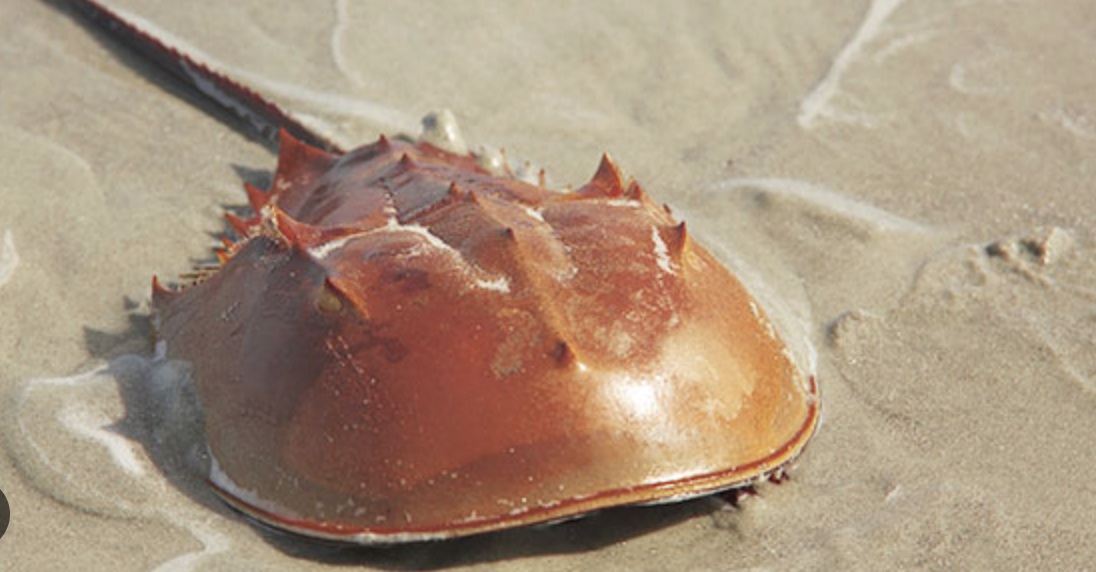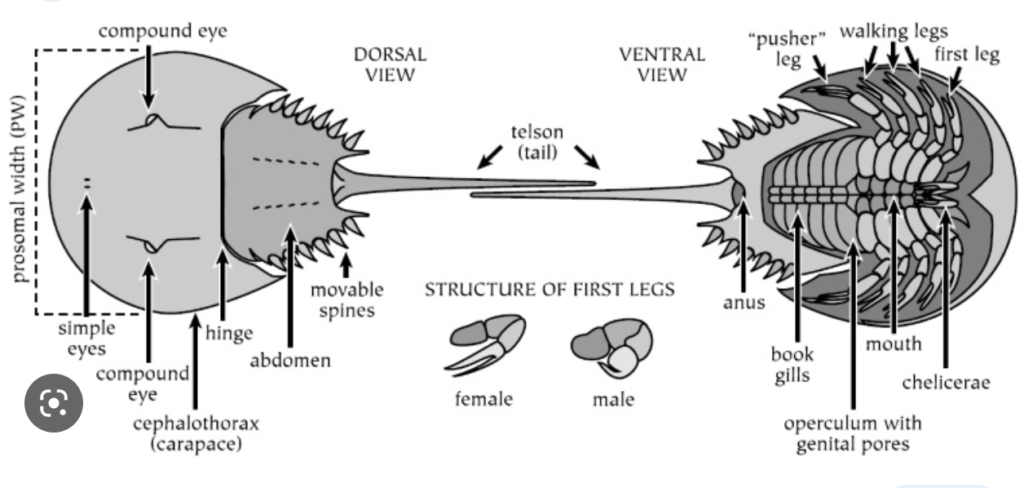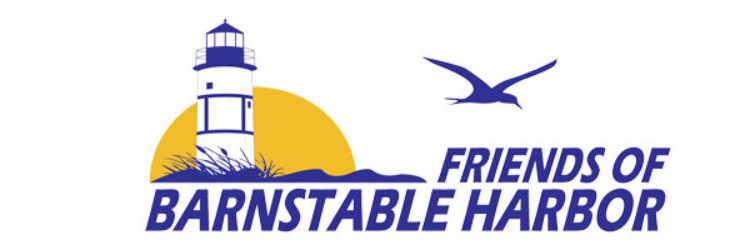Atlantic Horseshoe Crabs


Atlantic Horseshoe Crabs (Limulus polyphemus) are an emblematic species of our coastal ecology. They are keystone species which have shared our waters for over 400 million years.
Horseshoe crabs are not true crabs but are arachnids which include spiders and scorpions. They occur in shallow coastal waters on soft, sandy or muddy bottoms where they quite literally plow the bottom in search of worms and other marine invertebrates. This overturning of sediments is akin to roto-tilling a garden and has significant benefits for shellfish populations and overall coastal health.
They reach sexual maturity at about 8-10 years of age and may live 20 years. They visit the intertidal zone during spring high tides to breed and lay eggs. Migratory bird species, especially some species of sandpipers time their annual northern migrations to coincide with the millions of fat and protein rich eggs the horseshoe crabs provide.
Today, populations of this critical species are threatened by over-harvesting for bait, and for the medical industry, as well as habitat loss and climate change.
During a recent episode of WCAI’s “The Point”, Mark Faherty from the Wellfleet Bay Wildlife Sanctuary updates us on a campaign to protect horseshoe crabs that would also benefit shorebirds, especially the endangered Red Knot species that depend on horseshoe crab eggs during their 9,000 mile spring migration journey.
Click Here for more details about this opportunity to protect this prehistoric species.
Submit comments in support of the proposed regulatory changes to marine.fish@mass.gov before May 1st and
View the proposed regulations and upcoming dates and locations of public hearings.
